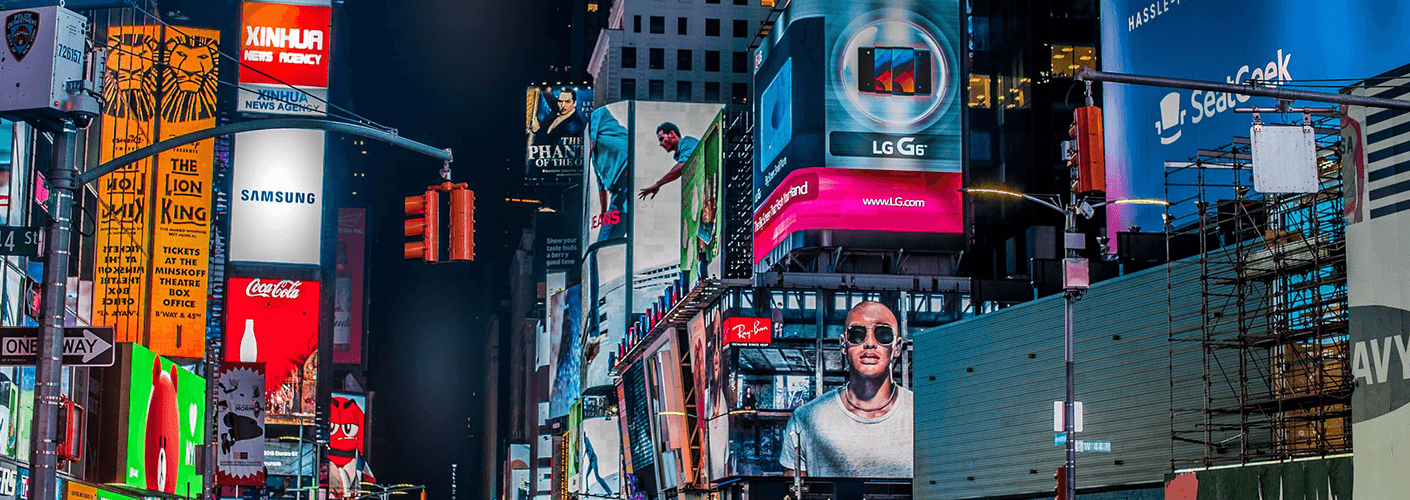
Personalization Over Saturation It was recently estimated that we are exposed to between 6,000 – 10,000 advertisements each day, and that number is only set to increase. In a world that’s saturated by signals, it’s no wonder that many consumers are baying for personalization from brands in order to catch their attention. Forbes highlighted that out of 1,000 people surveyed, 90% want more personalization and that 80% were most likely to invest in a brand that gave them personalized experiences.
But these personalized experiences don’t necessarily have to be elaborate and can be done via email. By tailoring the content using the data received about preferences, purchase history, and browsing behavior, marketers are able to segment effectively and deliver content that is customized to the receiver. To maximize your email marketing strategy, you need the right tools that allow you to easily store, track and analyze personal information, as well as gather statistics that help you measure your marketing efforts and how to hone them. Make a start on your strategy with our ebook about the dos and don’ts of emailing and contact management.
Shifting Buying Behaviors Mean More Chatbots One of the marketing trends in 2020 to look out for is the chatbot. The chatbot has evolved dramatically in the last few years and, as AI-tech grows in sophistication, it has been predicted that chatbots will help retailers cut costs by $439 billion annually and that sales earned through them will reach $112 billion by 2023. With buying behavior becoming ever more digital and consumers looking for quick, simple ways to get the information needed to assist their buying decisions. Then it should come as no surprise that large companies are set to increase their use of chatbots and intelligent AI-solutions to facilitate said consumer-brand interactions and potentially convert the user into a lead.
Connecting the Dots to Younger Audiences In recent years, the Fashion, Luxury, and Beauty industries have been disrupted by digitally-native brands, attracting younger audiences with their direct-to-consumer business models. Understanding Generation Z and how to reach them had been puzzling established brands up until recently, and now they are taking the lead from these online-born brands and allocating their marketing budgets into activities that are directed at younger consumer groups.